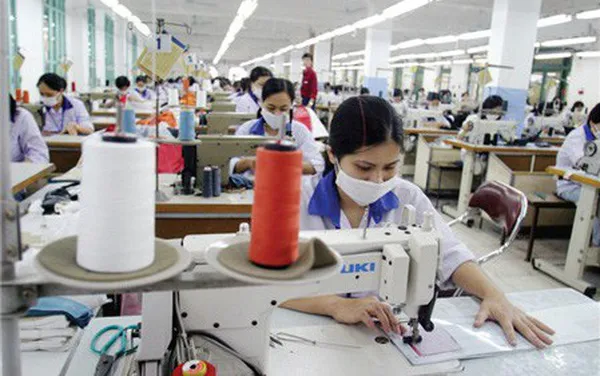
Huge void in market
India does not hide its ability to fill in the market void left by China in the wake of the current coronavirus pandemic. It has the ability to fulfill demands across the world and in particular the Asian market. On March 1st, in an interview with the Deccan Herald Newspaper in India, Mr. Deepak Sood, Secretary General of the Associated Chambers of Commerce and Industry of India (Assocham), said that while the health emergency of the coronavirus pandemic is a matter of grave concern for the entire world, it is incumbent on larger economies like India to fill up the gaps in the global market and there is a need to approach the issue with a clear strategy.
He went on to say that India has adequate machinery, engineering equipment, leather and leather goods to match that of China, and India can take this opportunity to fill the void left by China in several segments like agriculture and carpet manufacturing. Mr. Deepak Sood predicted that the next few months would be the right opportune time for Indian exporters to approach the markets better, as competition among suppliers from China is low.
Looking at India’s growth rate, its economy over the past three decades seems to be lower than that of China. However, since India does not plan to be an exporting country like China, and has not been affected much by external fluctuations, its growth has remained more stable over the years. For instance, while the US-China trade war has caused many problems in countries globally that depend heavily on exports and have highly-open economies, India has hardly been affected and still maintains its steady growth rate.
In 2020, in context of the sudden occurrence of the Covid-19 pandemic, countries across the globe are having to adjust their production structure to better suit their situation and avoid reliance on China as their unique manufacturing base. India is Vietnam’s 7th biggest trade partner in Asia, and in turn Vietnam is only one of the few markets capable of maintaining excessive exports to India. In 2019, the bilateral trade deals between the two countries reached USD 11.3 bn, in which Vietnamese exports to India were at USD 6.6 bn, a 2.1% year-on-year increase, while Indian exports to Vietnam were at USD 4.7 bn, up by 8.1%. The year 2020 could possibly be a milestone for the two countries to reach a bilateral trade goal of USD 15 bn. This will be a good opportunity for exporters of both the countries.
In fact, the potential for exports in some areas in the Vietnam-India trade agreement have not yet been fully exploited. Take the textile sector for example, where the total scale of India's textile industry is expected to reach about USD 140 bn, with USD 100 bn for the domestic market and the other USD 40 bn in exports. This will offer many opportunities for Vietnamese textile products to make their way to this market in the future.
In 2019, India imported about USD 7.6 bn worth of textile goods and bast fiber materials, but imports from Vietnam were just at USD 450 mn, making up about 6% of the value of textile imports in India. In the other direction, Vietnam imported Indian textile products, raw materials and cotton worth USD 450 mn, making up a very small portion of the total import value of about USD 30 bn in this sector. This indicates that the market potential for textile items is still great in the bilateral trade between Vietnam and India.
New working strategy
The Indian market is very different from other markets as is the working style of businesses. One of the biggest problems Vietnamese exporters face is protectionism in India, since India is the most protectionist country in Asia, with quite high tariffs and non-tariff barriers. India began to cut down on tariffs in 1991 when the country began its economic reforms. In 1991-1992 tariffs were at 150% but went down to 35% in 2001-2002. India is still one of the countries in the world with the highest tariffs. Its most-favored nation (MFN) tariff averages 34.44%. In its report in 2019, WTO listed India among the countries that had the most protectionist measures, noting altogether 101 such measures, while Argentina had 182 and Russia applied 172 measures.
India also applies the most stringent anti-dumping measures. Over the past few years, many Vietnamese businesses with exports to India have been at risk of being sued for dumping, causing Vietnamese exporters to remain very cautious when deciding to make their way into this market. Most recently, in early January 2020, the Ministry of Commerce and Industry in India announced that it would investigate dumping of artificial staple fibers with their origin from China, Indonesia and Vietnam, posing a major hindrance to Vietnamese exporters of bast fibers to the Indian market.
According to WTO and the International Trade Centre of Vietnam Chamber of Commerce and Industry, India has for many years maintained a consistent policy for encouragement to promote domestic production, and may take measures to ban imports or limit products from other countries. Vietnam's farm produce items like cashews and elastic fibers could be affected. That is why, the trade agreements that have been signed by the two countries have not been executed due to barriers in the import policy.
Most notably, in 2014, the Indian Government initiated the idea of 'Make in India' in an effort to turn India into the world's new manufacturing factory. Since then, India has become increasingly protectionist.




















